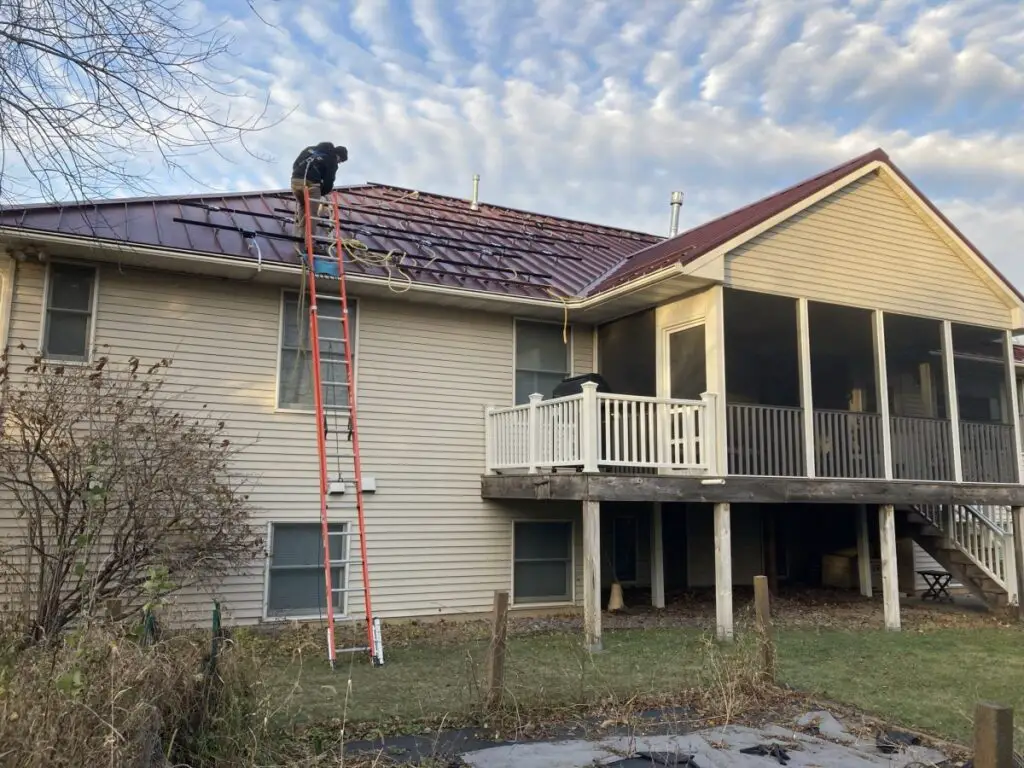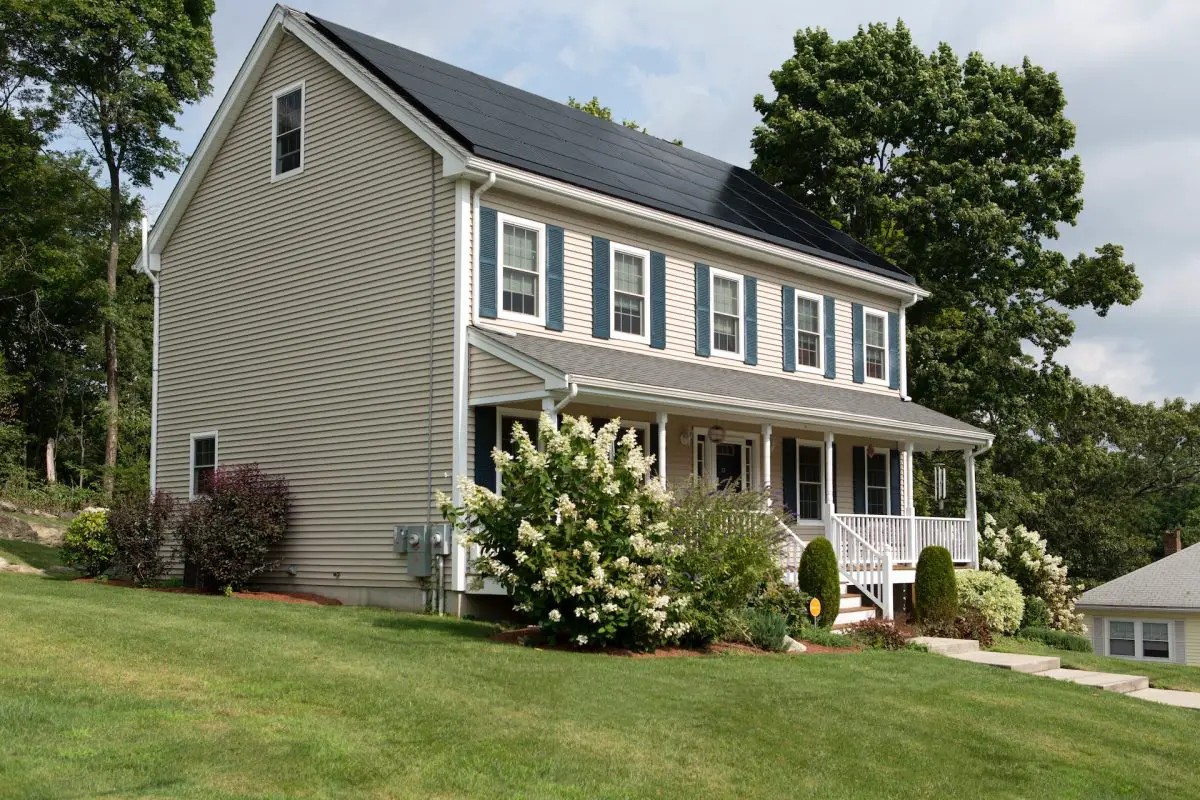The increasing strive for environmental sustainability has encouraged many homeowners to think about switching to solar power. Not only is it ‘trendy’ to use solar energy, the reduced costs, and overall benefits have increased its appeal to the masses.
However, before you make the financial jump to go solar, there are a few things to consider to make the transition to going solar worth your while and your money.
Consider Location Before Switching to Solar Power
To make the most out of your solar panels, you must determine when and how you will use your electricity. For instance, it is best to do all high-energy tasks like laundry and dishwashing in the morning when the solar panels have their maximum capacity.
You will also need to find alternatives to power your house for the night by hydro or wind. Your roof direction and shape will also influence your energy production and will be discussed in detail below.
Unfortunately, if you live in areas without enough sunlight for months, solar power is not the ideal option for you.
Cost Benefits of Switching to Solar Power
Even though it is a sustainable energy source, the initial investment and installation costs can be hefty on the pockets. Nevertheless, considering the long-term financial benefits, the initial expenditures are worth the cost.
You can lessen the burden on your bank through low-interest loans. Many states even offer additional tax credits and rebates that you can take advantage of.
You can also reap the benefits of having electricity during blackouts and reduced energy costs in addition to lower carbon emissions.
Weather In Your Area
Shading and home design will be determined by your local weather. Avoid shades if you experience cold weather during most times of the year, which causes efficiency to plummet. Additionally, shading affects the battery which powers your house during the night, so its location must be carefully planned before switching to solar power.
Energy Storage
Your power needs will influence your battery capacity. Work out your daily energy needs to find a battery that can balance your energy requirements without breaking the bank or taking too much space in your house.
Ideally, opt for a battery with more storage capacity than your current needs for future expansion of your solar installation.
Home Size
Sunlight isn’t the only factor influencing your energy production. Your home size also plays a significant role in your electricity needs and the solar power needed to generate it. A larger house with more appliances will require more electricity and vice versa. Talk with a professional or head to solarpowerbuzz.com for complete details regarding all your solar power queries.
Maintenance
A vital aspect of solar panels is to maintain their upkeep as this significantly affects their efficiency. The panels don’t require frequent maintenance; anywhere between twice to four times a year is more than sufficient.
All you need to do is to hose down the panels to remove the dust and bird droppings, as this can seriously affect energy production (up to a 7% loss in efficacy). Furthermore, if any construction is nearby, you may need to get rid of the dust more frequently.
It will also benefit you to assess the working order of all the parts annually. However, depending on use, you may need to change the inverter and the batteries once a decade or so. Each of these maintenance procedures needs to be included in your plan for switching to solar power.
Roof Affairs
Before you settle to install the solar panels on your roof, you may want to assess its condition and make any necessary repairs. Make sure the roofs are equipped to bear the weight of the panels; otherwise, you risk the dangerous consequences of a collapsed roof.
You will also need to ensure that you have enough space to accommodate the solar panels and place them correctly on slopes to catch maximum sunlight.
Discuss with your contractor so that installation is planned, considering the rainwater runoff. For areas with stormy or unfavorable weather, it is best to inquire whether insurance covers any damage to solar power equipment.
Connecting To the Grid
After settling all the matters with installation and location, you will need to worry about connecting the solar power system to the grid. There are a few things you will need to clarify before connecting to your local grid:
- The time required to connect to the grid following installation
- Fees to be paid
- The process involved in paying for the generated electricity
Investigate Your Home’s Energy Efficiency
One of the first tasks after deciding to go solar is calculating your electricity needs. You may also need to change some electricity habits to save costs long-term. Here are some suggestions:
- Use the home energy audit to identify energy losses and to boost efficiency.
- Switch to LED lights
- Weatherize your home to save costs on heating and cooling your house.
- Use high-efficiency appliances and electronics and operate them only when necessary to save energy.
Understand Available Financing And Incentives
Reap the benefits of the federal tax credit on small solar power systems. However, you won’t be eligible for it if you go for a power-purchase agreement or solar-power lease. Remember to go through all available incentives and financing options which can vary depending on your region and property. For more details, visit Database of State Incentives for Renewables and Efficiency (DSIRE).
Discuss System Installation and Set Up With Installer
In order to select the appropriate size for the solar panel system, you will need to calculate your electricity needs. Ideally, you should discuss with your installer and contractor to get the correct size. But the following pointers will give you a rough estimate to determine the size:
- Availability of sunlight and other resources for the solar panels
- Tilt and orientation of the panels (depends on the roof)
- Efficacy of conversion into electricity from solar power
- Availability of other energy sources like hydro, wind, or the utility line.
Installation of the system, including the orientation and tilt, can be left to the installer, who will expertly fit the panels for maximum energy conversion and output.
Finally, you need to work out the net metering as well as billing to sort out additional fees like utility per month.
Final Thoughts on Benefits of Switching to Solar Energy

Solar power will benefit homeowners long-term for the environment and their home value. Going green will be one of your home’s wisest financial and environmental decisions.
Keeping the above pointers in mind will ensure a smooth installation and use of your solar panels. If you are still unsure about anything, contact a professional or friends and family who are using solar panels themselves.



